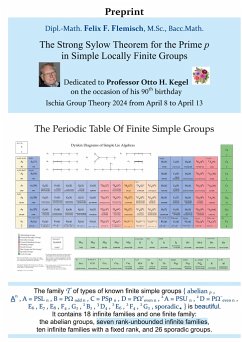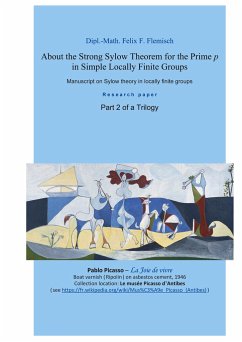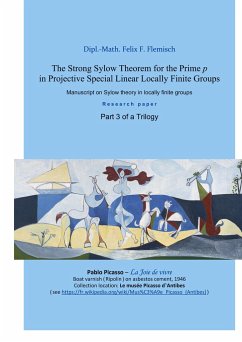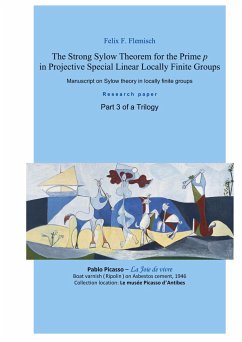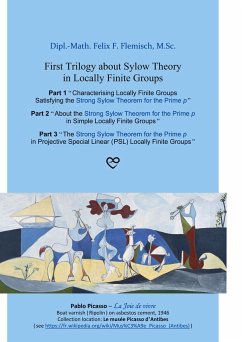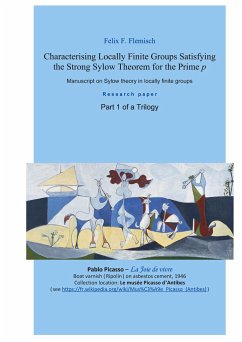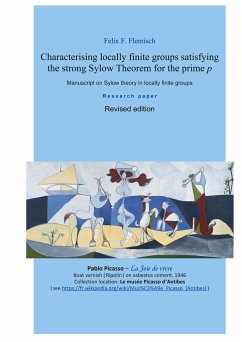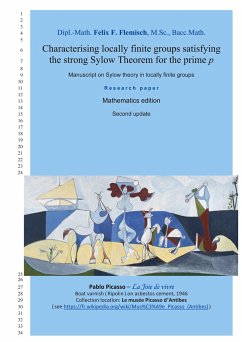This research paper continues [15]. We begin with giving a profound overview of the structure of arbitrary simple groups and in particular of the simple locally finite groups and reduce their Sylow theory for the prime p to a quite famous conjecture by Prof. Otto H. Kegel (see [37], Theorem 2.4: "Let the p-subgroup P be a p-uniqueness subgroup in the finite simple group S which belongs to one of the seven rank-unbounded families. Then the rank of S is bounded in terms of P.") about the rank-unbounded ones of the 19 known families of finite simple groups. We introduce a new scheme to describe the 19 families, the family T of types, define the rank of each type, and emphasise the rôle of Kegel covers. This part presents a unified picture of known results whose proofs are by reference.Subsequently we apply new ideas to prove the conjecture for the alternating groups.Thereupon we are remembering Kegel covers and _-sequences. Next we suggest a way 1) and a way 2) how to prove and evenhow to optimise Kegel's conjecture step-by-step or peu à peu which leads to Conjecture 1, Conjecture 2 and Conjecture 3 thereby unifying Sylow theory in locally finite simple groups with Sylow theory in locally finite and p-soluble groups whose joint study directs Sylow theory in (locally) finite groups. For any unexplained terminology we refer to [15].We then continue the program begun above to optimise along the way 1) the theorem about the first type "An" of infinite families of finite simple groups step-by-step to further types by proving it for the second type "A = PSLn". We start with proving Conjecture 2 about the General Linear Groups over (commutative) locally finite fields, stating that their rank is bounded in terms of their p-uniqueness, and then break down this insight to the Special Linear Groups and the Projective Special Linear (PSL) Groups over locally finite fields. We close with suggestions for future research -> regarding the remaining rank-unbounded types (the "Classical Groups") and the way 2), -> regarding (locally) finite and p-soluble groups, and -> regarding Cauchy's and Galois' contributions to Sylow theory in finite groups. We much hope to enthuse group theorists with them.We include the predecessor research paper [15] as an Appendix.
Hinweis: Dieser Artikel kann nur an eine deutsche Lieferadresse ausgeliefert werden.
Hinweis: Dieser Artikel kann nur an eine deutsche Lieferadresse ausgeliefert werden.

